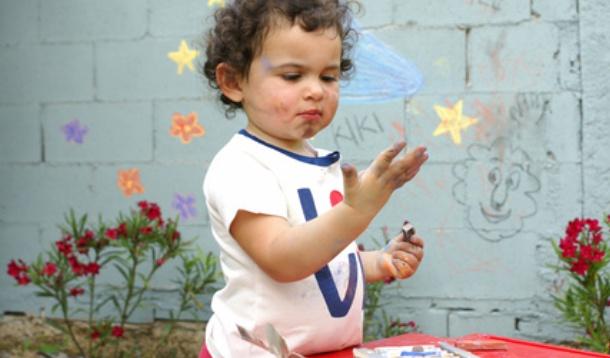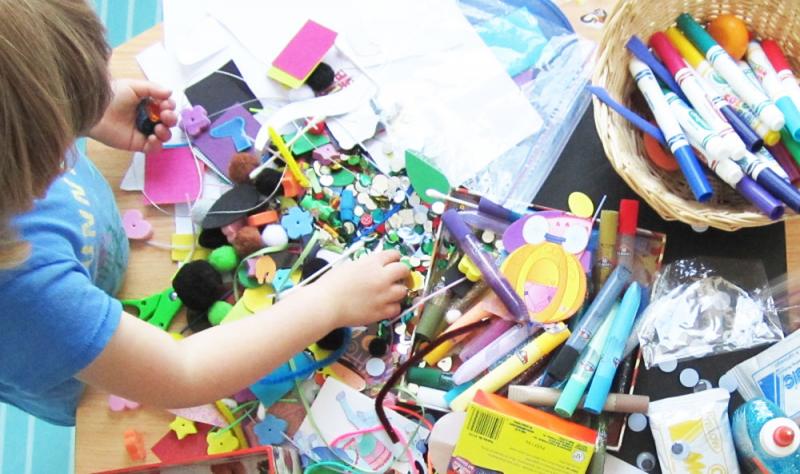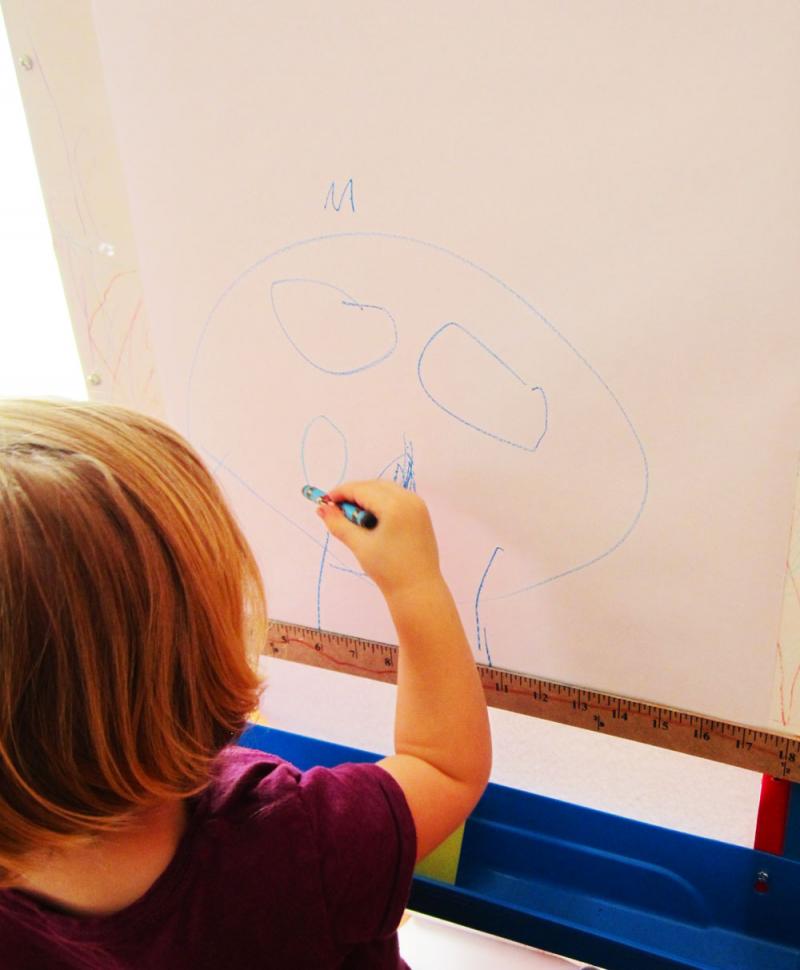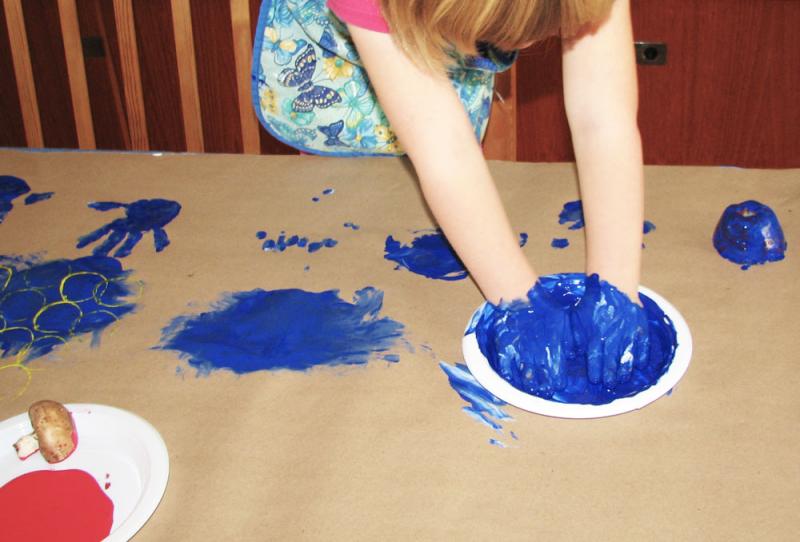
Exposure to art provides kids with the tools they need to develop creative problem solving skills, communicate opinions in a variety of ways and adapt to and respect other points of view. Not only that, when a child is able to express him or herself in a creative way, he or she develops self-esteem, self-discipline and self-motivation - all key life skills.
And you thought they were just having fun!
![]() How To Make Art When You Don't Know How To Make Art
How To Make Art When You Don't Know How To Make Art
It is important to note that introducing children to art is not about training them how to recognize a van Gogh or a Picasso, but rather it’s about preparing young minds for a future of invaluable experiences - art-related or otherwise.
Not so long ago, a study (the largest of its kind) looked at more than ten thousand K - 12 students from more than one hundred different schools who were given an opportunity to visit an art museum. After assessing the kids, the results showed that critical thinking, recall, tolerance, empathy and cultural interest all increased dramatically.
Now, you might be wondering what you can do to help your kids. I can just hear you saying, "But I'm not an artist." The fact is, you don't have to be! All you need to do is make it easy for your youngsters to gain access to art. And the beauty is, you can learn and experience right along with them. Here are some tips to help you along.

1. Create an area in your home where your child can have unlimited access to art materials: paper, pencils, crayons, paint, clay, etc. You don't need a separate art studio, just the kitchen table will do.
2. If your child needs a little inspiration - rather than having her copy a photo, or draw something specific - just encourage her to create based on some of the following themes: how she is feeling, her dreams, her favorite things.
![]() An Amazing Creativity Machine You Already Own
An Amazing Creativity Machine You Already Own

3. Always discuss your child's work with her. Ask her questions and never criticize her attempts. Be supportive and remember to listen carefully.
4. If your kid criticizes her own work, ask her what parts she does like. Encourage her to find something positive. Ask her what she could have done differently. Kids need to know that they don't need to "get it right" the first time. Art - like everything in life - takes practice and there will be good days, and bad.
5. Draw and paint with your child. Time spent with your mini-me is never wasted.

6. Let her make a mess! Allow her to make art outside or in the bathtub if need be.

7. Take your child to an art museum or art gallery. Discuss the trip beforehand and build some interest prior to the journey. Keep the day fun by visiting the gift shop and taking time out for lunch. Many museums have scavenger hunt-type handouts for kids at the front desk. Pick one up and give it a try!
8. While at the museum, be sure to take the time to look at paintings that interest your child. Her tastes may not be the same as yours and you should not subject her to only those works that you find fascinating.
9. Share your favorite pieces with your child and compare notes. Maybe you both like paintings that are mostly the colour red. Perhaps she likes the ones that feature dogs.
10. Look through art books and magazines, and pick out favorite paintings and drawings. Talk about how and why the artist might have painted what he or she did. Dig into the stories behind the art.
11. Encourage your child to say what she feels about the art she sees. Remind her that there are no wrong answers and always validate her ideas and opinions. It's really okay to say, "I don't like that!". But if she does, ask her to explain why. Maybe there is something in the work that is appealing.
12. Make use of community resources - the Internet, the library, local artists, art galleries, retail art galleries, print shops, colleges and art associations in your area. The world is your creative oyster.